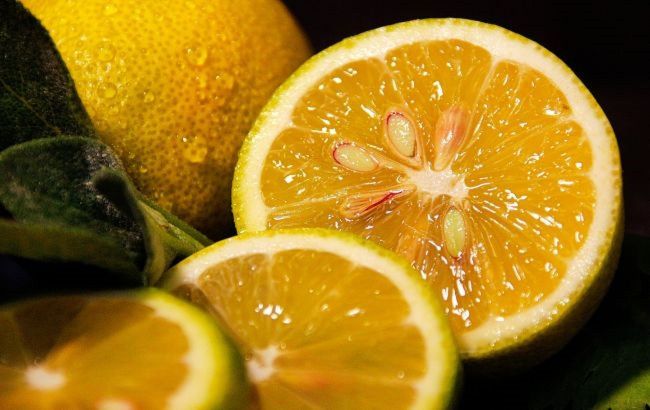Citrus fruits' part that can be dangerous for health
 Illustrative photo (pixabay.com)
Illustrative photo (pixabay.com)
While citrus fruits are often celebrated for their health benefits, their peels may harbor hidden dangers due to toxic compounds. This article delves into why certain parts of these fruits should never be consumed.
Can you eat citrus peels?
Citrus zest is technically edible, typically referring to the aromatic outer layer (flavedo), while the bitter pith (albedo) is discarded. However, with store-bought fruits, consuming the peel might harm your health as it often contains toxic preservatives.
These preservatives, designed for non-consumption, are absent only in organic citrus fruits. Even though they poorly dissolve in water, adding lemon slices with peel into a jug of water or a cup of hot tea could cause discomfort.
How are citrus fruits preserved?
To prevent spoilage, citrus fruits are often treated with three primary preservatives: imazalil, thiabendazole, and orthophenylphenol.
-
Imazalil: A fungicide that prevents mold on citrus peels, known under names like Florasan R and Fungaflor. It’s harmful to mammals when inhaled or consumed. Chronic exposure can cause liver issues, evident in altered biochemical indicators. The Environmental Working Group (EWG) warns that imazalil levels in citrus fruits often exceed safe thresholds. Classified as a potential human carcinogen by the U.S. Environmental Protection Agency (EPA), its use has sparked calls for a ban.
-
Thiabendazole: Another fungicide and potential human carcinogen per the EPA, it can disrupt thyroid function and harm the nervous system when consumed in high doses.
-
Orthophenylphenol: A phenolic compound that may contribute to malignancies, particularly aggressive tumors. In sensitive individuals, it could affect heart function, causing nausea, dizziness, shortness of breath, and diarrhea.
Pesticides and cancer risks
A French study linked exposure to imazalil, thiabendazole, and malathion (a neurotoxic pesticide) to an increased risk of postmenopausal breast cancer, particularly in overweight women.
Can preservatives be removed from citrus peels?
Research suggests it is nearly impossible to completely remove these chemicals from citrus peels through washing. Some fungicides may even penetrate the peel and reach the fruit’s flesh, albeit in smaller amounts.
For instance, with 0.64 mg/kg of imazalil in the peel, the flesh may still contain 0.04 mg/kg. Even these trace amounts could accumulate in sensitive individuals due to exposure from other sources, such as medications and environmental factors.
What can you do?
To minimize risks, discard citrus peels, especially if the fruit is not organic. However, keep in mind that citrus fruits—and even other fruits like bananas—are not the sole sources of these harmful compounds.
By staying informed, you can enjoy the health benefits of citrus fruits while avoiding unnecessary risks.
This material is for informational purposes only and should not be used for medical diagnosis or self-treatment. Our goal is to provide readers with accurate information about symptoms, causes, and methods of detecting diseases. RBС-Ukraine is not responsible for any diagnoses that readers may make based on materials from the resource. We do not recommend self-treatment and advise consulting a doctor in case of any health concerns.

